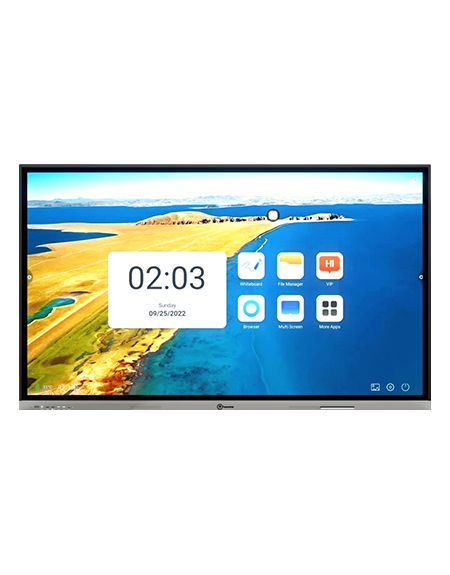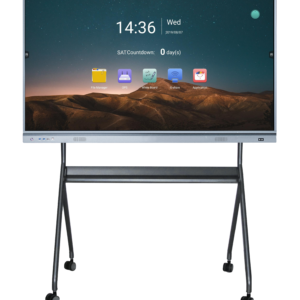In today's technology-driven world, businesses of all sizes rely on various software solutions to streamline their operations, and hiring is no exception
Hiring software can help companies manage their recruitment process more efficiently, save time, reduce costs, and ultimately hire the best candidates for their open positions. In this blog post, we will explore hiring software, how it works, and some frequently asked questions about it.
What is hiring software?
Hiring software, also known as applicant tracking system (ATS), is a type of software that automates and streamlines the recruitment process. It allows companies to manage job postings, track applicants, schedule interviews, and communicate with candidates, all in one place. The software can also analyze resumes, screen applicants, and help hiring managers shortlist candidates based on their qualifications and experience.
How does hiring software work?
Hiring software works by first posting job openings to multiple job boards and social media platforms. Candidates can then apply for the position through a career page or job board, and their resumes and other application materials are automatically captured and stored in the system. The software then analyzes the resumes using artificial intelligence and machine learning algorithms, matching candidates with the job requirements and ranking them based on their qualifications. Hiring managers can then review the candidates' profiles, schedule interviews, and communicate with them through the software.
What are the benefits of using hiring software?
There are several benefits to using hiring software, including:
Time-saving: Hiring software automates many of the tedious and time-consuming tasks involved in the recruitment process, such as reviewing resumes, scheduling interviews, and communicating with candidates. This frees up hiring managers' time, allowing them to focus on more strategic tasks, such as interviewing top candidates.
Cost-effective: By automating many of the recruitment processes, companies can reduce their recruitment costs, such as job board fees and staffing costs.
Improved candidate experience: Hiring software provides a streamlined and professional recruitment experience for candidates, from submitting their application to scheduling interviews and receiving feedback. This can improve the candidate experience and help attract top talent.
Data-driven insights: Hiring software provides valuable data-driven insights into the recruitment process, such as time-to-hire, candidate sources, and diversity metrics. This can help companies identify areas for improvement and make data-driven decisions.
What features should I look for in hiring software?
When choosing hiring software, there are several features to consider, including:
Customizable workflows: The software should allow you to create customized workflows that reflect your recruitment process and accommodate your specific needs.
Resume screening: The software should have advanced resume screening capabilities, such as artificial intelligence and machine learning algorithms, to help you identify the best candidates quickly.
Interview scheduling: The software should allow you to schedule interviews with candidates and send automated reminders to both the hiring managers and candidates.
Reporting and analytics: The software should provide detailed reports and analytics on your recruitment process, such as time-to-hire and candidate sources.
Integration: The software should integrate with other HR systems, such as payroll and onboarding software, to ensure a seamless recruitment process.
Is hiring software expensive?
The cost of hiring software varies depending on the vendor, the features included, and the size of the organization. Some vendors offer subscription-based pricing models, while others charge per user or per job posting. However, the cost of hiring software can be offset by the time and cost savings it provides.
Conclusion
Hiring software can help businesses of all sizes streamline their recruitment process, save time, and reduce costs. When choosing hiring software, it's essential to consider the features you need, the cost, and the vendor's reputation. By using hiring software, companies can improve their recruitment process, attract top talent, and ultimately, hire the best candidates for their open positions.



Comments
Post a Comment